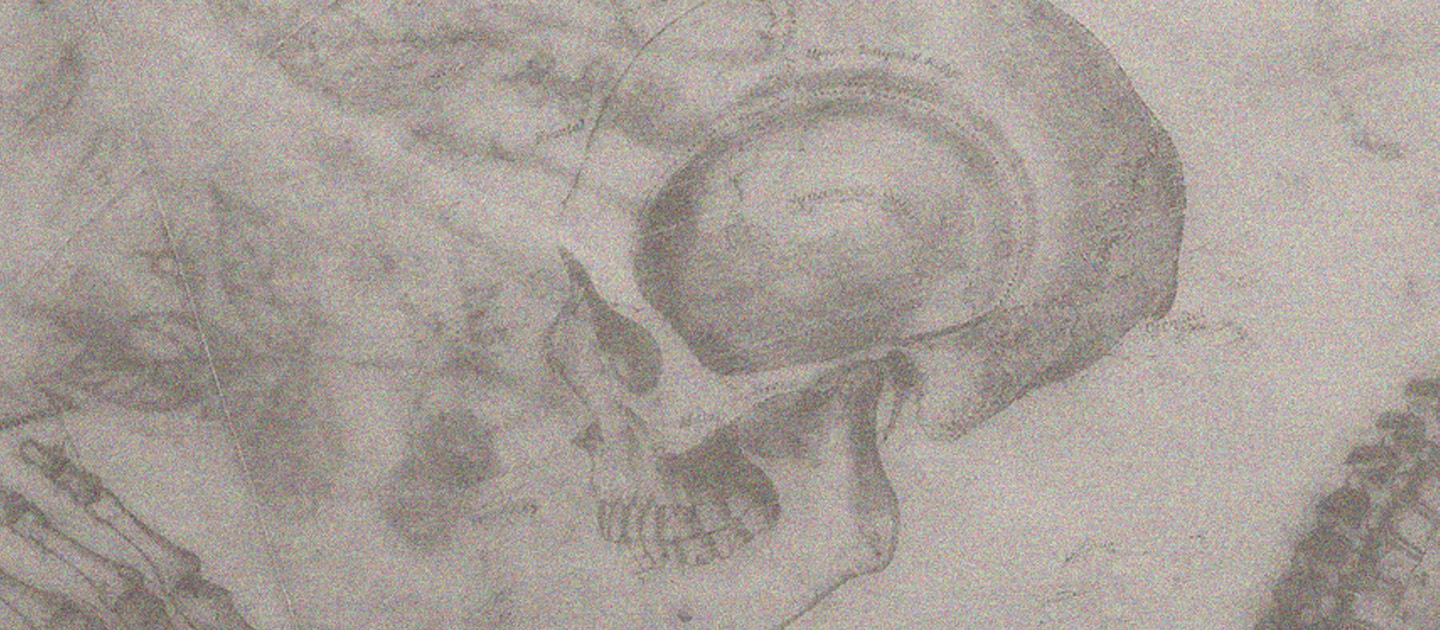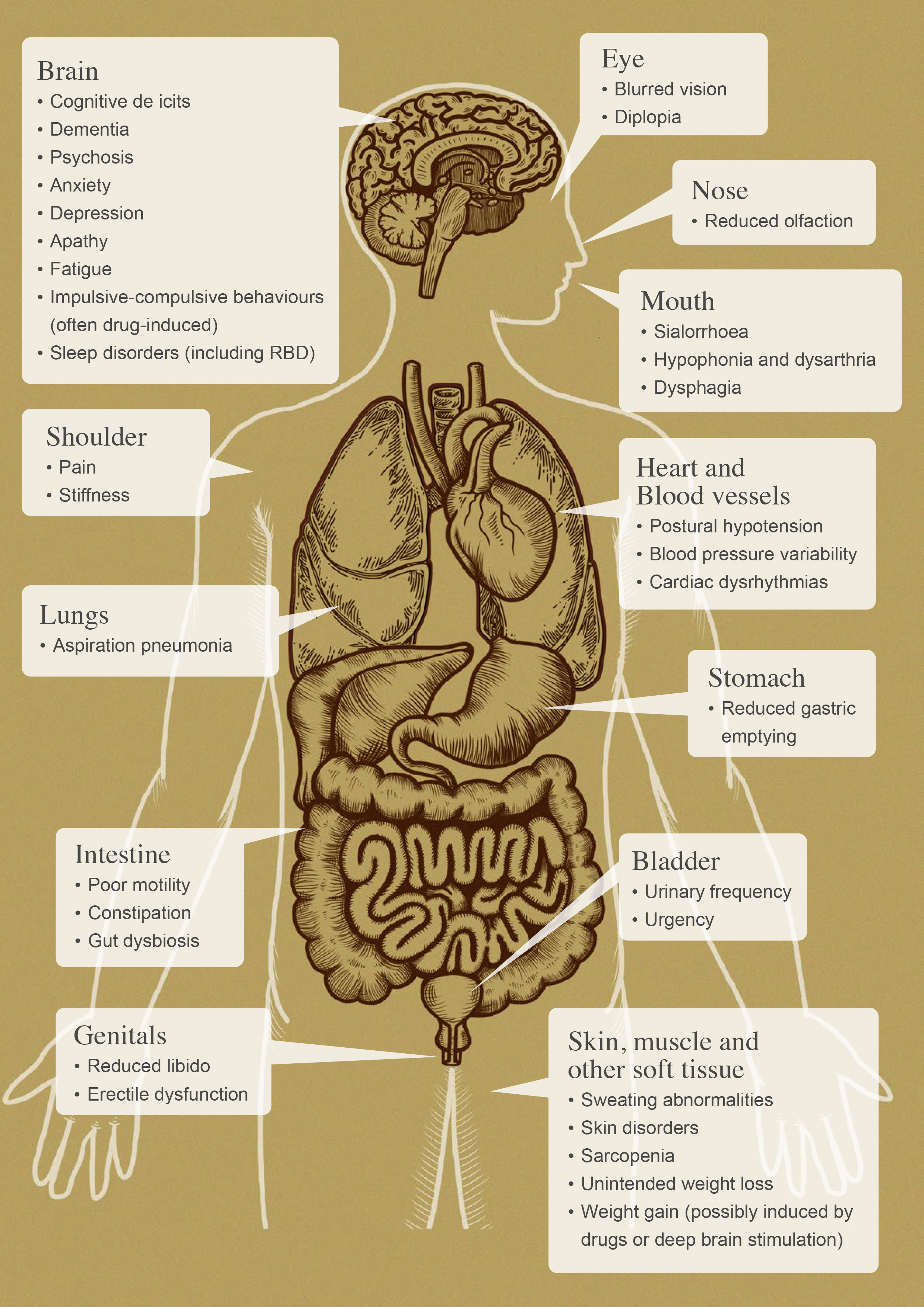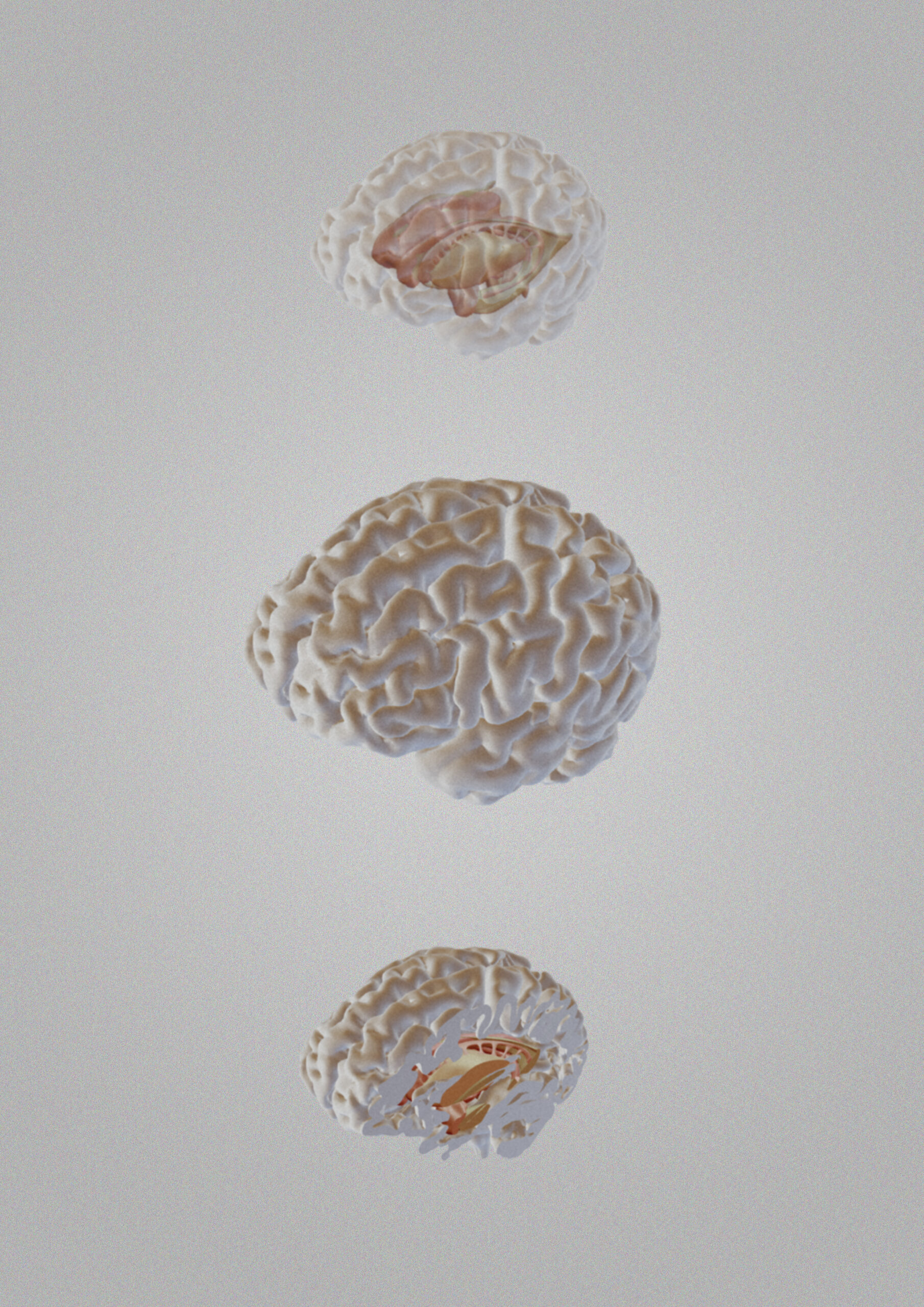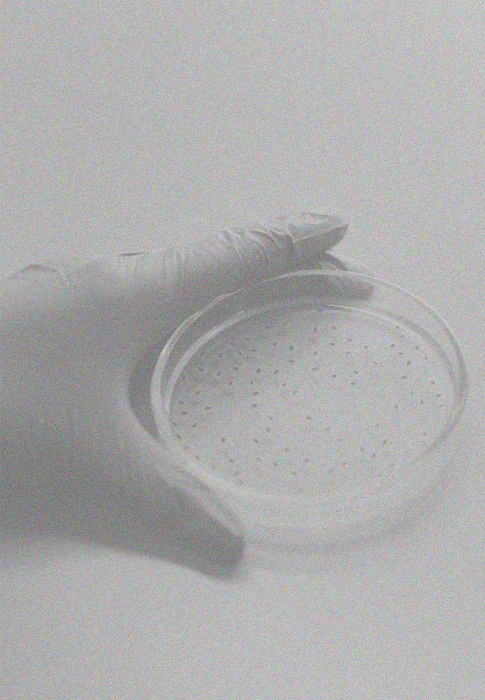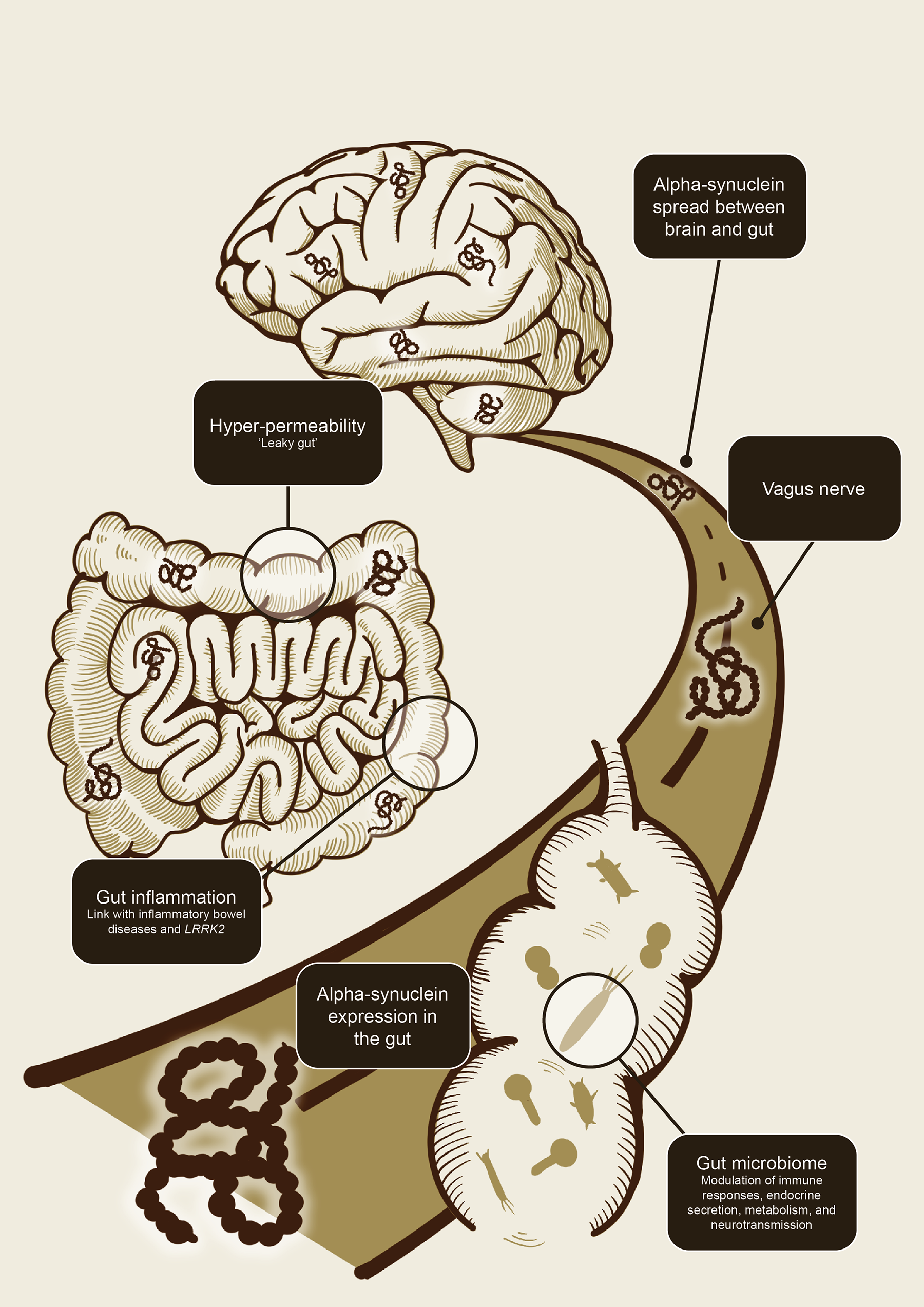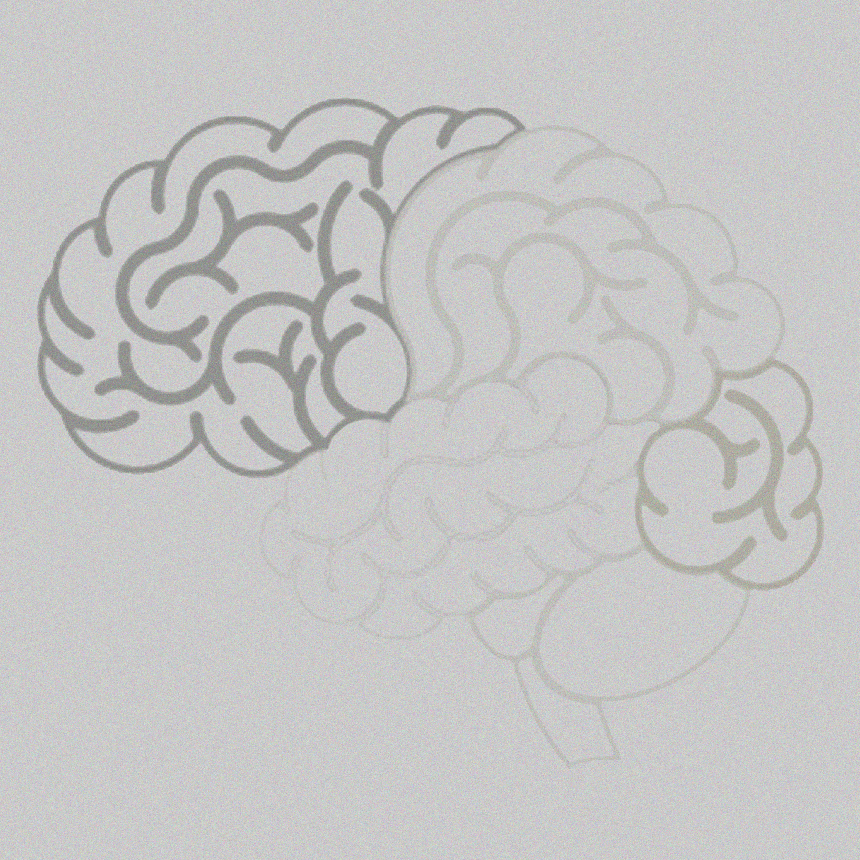Brain imaging for psychiatrists: A series of articles
Brain imaging has advanced massively in the past two decades. Modern tools such as positron emission tomography (PET), magnetic resonance imaging (MRI) and Magnetoencephalography (MEG) allow us a much clearer view of how the brain works: we can almost literally “look inside the skull”. This series of articles introduces the different forms of imaging and give examples of how we can use them to ask important questions in psychiatry and neurology.
Brain imaging technologies have advanced massively in the past two decades. This article introduces the different forms of imaging and give examples of how we can use them to ask important questions in psychiatry and neurology.
PET and MRI imaging offer important new ways to explore brain structure and function in psychiatry and neurology. MRI can give detailed measurements of brain morphometry as used for instance in radiological diagnosis. PET and SPECT can measure the distribution and density of proteins to which tracers bind.
Learn the value of neuroimaging as a means of understanding changes in brain function due to psychological and pharmacological challenges, and discover a new approach of resting-state functional connectivity


